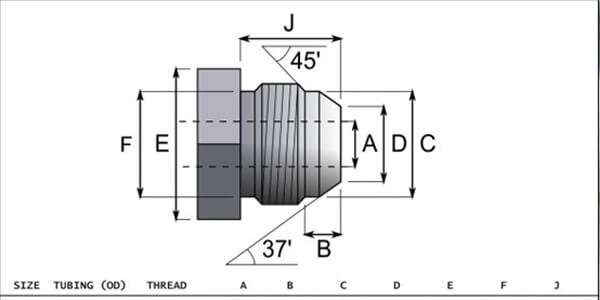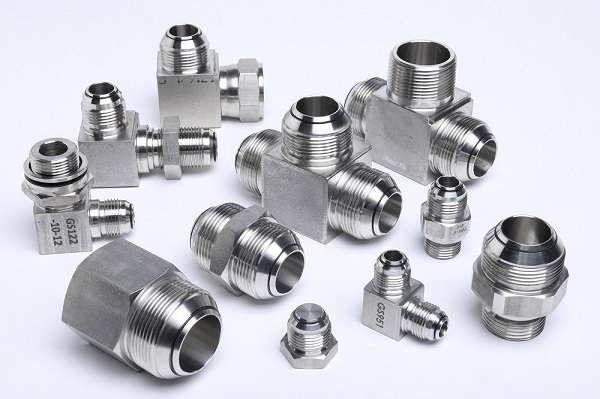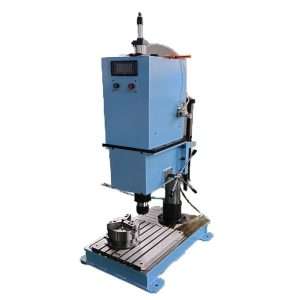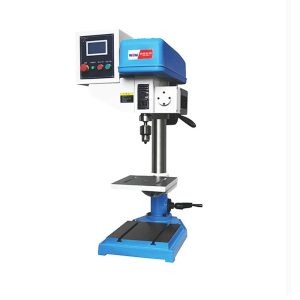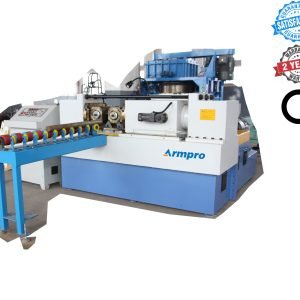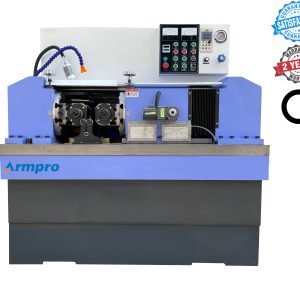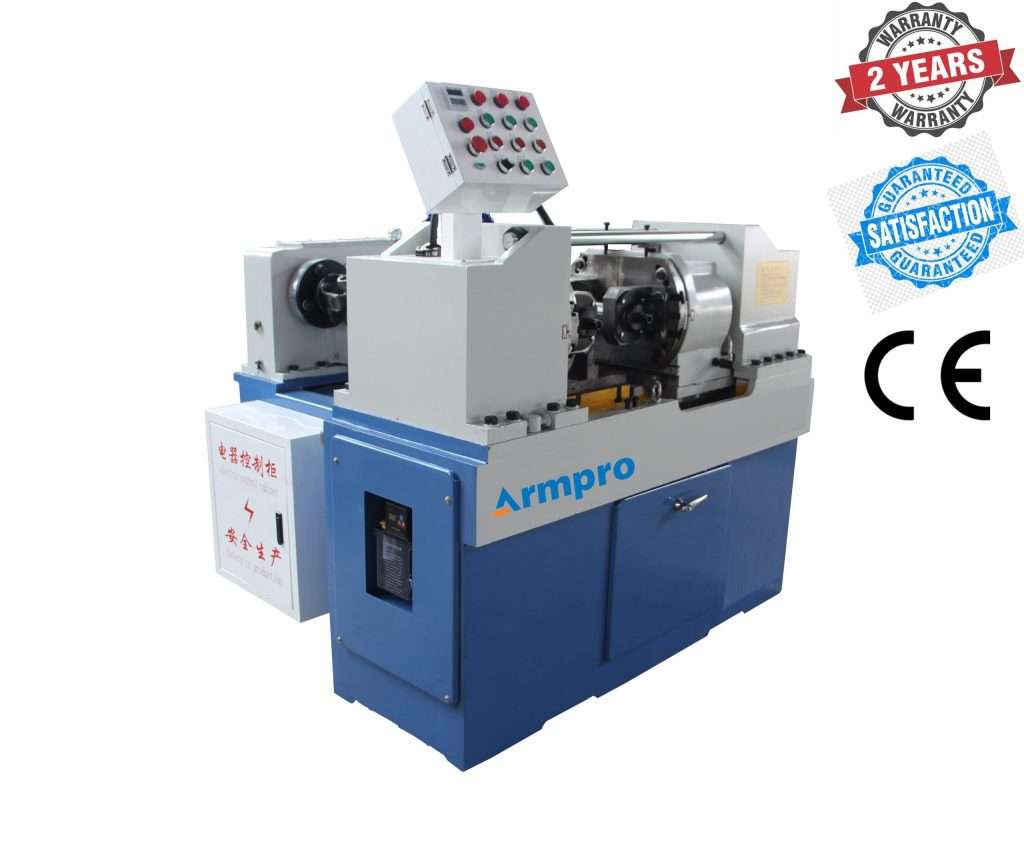JIC Fitting Size Chart: A Comprehensive Guide
Introduction
It is with these highly precision-engineered components that the whole world of hydraulic and fluid systems enriches itself, and in this category, the JIC fitting is one of the major players.
It is known for its strength and versatility, and it has turned out to be a well-known standard among multiple industries.
This blog will guide its readers through all the essentials of JIC fittings: these sizes, charts, materials, applications, and a comprehensive guide for professionals and enthusiasts alike.
1. What Is a JIC Fitting?
A JIC fitting, or Joint Industry Council fitting, is a specific form of flared fitting developed to make a secure leak-proof seal between tubing or hose in a fluid circuit. Developed in the middle of the 20th century as an improvement over earlier Army-Navy (AN) fittings, it boasts a 37° flare angle that provides for a metal-to-metal sealing contact.
This earned the fitting its name, compiled by industry leaders to standardize the hydraulic coupling across territories hence being popular far beyond the military.
Thus, for JIC fitting sizes, the system is like AN, using dash numbers like -4, -6, and -10 to refer to the outer diameter of the tubing in 1/16 inches. Thus, a -4 JIC fitting refers to a 1/4-inch tube, whereas a -12 corresponds to a 3/4-inch tube.
Its precision threading and flare design enable it to withstand high-pressure fluids with little possibility of leakage. This standardization also widens the compatibility of components together, which is one of the reasons why this has remained so popular.
2. What Is a JIC Fitting Size Chart?
The JIC fittings size chart stands as a highly valuable reference to anyone using these fittings. The chart gives explicit information on dash sizes, tube outer diameters, and their corresponding threads, which greatly help the users in selecting appropriate fittings for their applications.
A typical example of a JIC fittings chart is -6, where this fitting would connect to a 3/8-inch tube OD and a 9/16-18 thread (9/16-inch diameter and with 18 threads per inch). Another example is a -10 fitting with a 5/8-inch tube and a 7/8-14 thread.

The JIC fitting size chart disallowed any doubts because it confined these measurements within standards of industry standards, e.g., from the Society of Automotive Engineers (SAE). Such assurance means that an -8 JIC fitting from one manufacturer would work with another if made to that chart.
Such charts are readily available in technical manuals, supplier catalogs, or online resources and are of high value in designing hydraulic systems or when replacing worn parts. Without such a reference, mismatched sizes could lead to inefficiencies in a system or catastrophic failures.
| Tube Size |
Dash Size |
Nominal Thread Size |
Male Thread O.D. |
Female ThreadI.D. |
| /8 | -2 | 5/16-24 | 5/16(0.31") | 9/32(0.27") |
| 3/16 | -3 | 3/8-24 | 3/8(0.38") | 1/32(0.34") |
| /4 | -4 | 7/16-20 | 7/16(0.44") | 13/32(0.39") |
| 5/16 | -5 | 1/2-20 | 12(0.50") | 15/32(0.45") |
| 3/8 | -6 | 9/16-18 | 9/16(0.56") | 17/32(0.51") |
| /2 | -8 | 3/4-16 | 3/4(0.75") | 1/16(0.69") |
| 5/8 | -10 | 7/8-14 | 7/8(0.88") | 13/16(0.81") |
| 3/4 | -12 | 11/16-12 | 1V16(1.06") | 1(0.98") |
| 7/8 | -14 | 13/16-12 | 13/16(1.19") | 1/₈ (1.10") |
| 1 | -16 | 15/16-12 | 15/16(1.31") | 1/4(1.23") |
| 11/4 | -20 | 15/8-12 | 15/8(1.63") | 19/16(1.54") |
| 11/2 | -24 | 17/8-12 | 17/8(1.88") | 113/16(1.79") |
| 2 | -32 | 2/2-12 | 21/2(2.50") | 27/16(2.42") |
3. What Materials Are Used for a JIC Fitting?
JIC fitting construction materials would be for purpose selection based. The actual materials for selection would be performance-based in strength, corrosion resistance, and compatibility with chemicals found within different fluid types.
Stainless steel is usually accepted as the best material for this application considering the high durability requirements to be able to withstand very harsh environments, whether from saltwater or acidity in chemicals. Though it rusts free for ideal applications for long-term uses, it is also quite expensive and heavier in comparison.
An alternative is aluminum, which is now much lighter and is mainly used in reducing weight in a system, say, in an automotive or aerospace-based application. These types of JIC fittings typically receive anodized treatment for additional corrosion resistance.
JIC aluminum fittings provide a performance/price tradeoff but generally do not cope with extreme pressure as well as steel. Yet another common material is brass, which performs better in lower pressures when not subjected to fuels and water, making it cheaper as an option for less stringent applications.
Each material could offer its unique advantages, depending on pressure ratings, environmental settings, and budgetary constraints. Most manufacturers now cite the material options together with JIC fitting sizes so that users can specify the best possible match for their requirements.
4. What Is the Application of a JIC Fitting?
It fits JIC applications in diverse industries because of its reliability and flexibility. They are the connections that high-performance fuel lines, oil coolers, and hydraulic brake systems use in the automotive industry because they can withstand pressure and vibration. Construction heavy equipment and agricultural tractors also employ JIC fittings to connect hydraulic lines for movement and lifting functions.
In an industrial environment, where the application of the JIC is in a manufacturing plant connecting pumps, valves, and actuators in a complex system for transferring fluids. It is equally applicable to the above aerospace heritage; after all, what more precise and safe application will there be than hydraulics and fuels in aircraft?
Marine environments are also transforming quickly, relying on stainless steel JIC fittings for their corrosion resistance with exposure to saltwater and to function in boat plumbing and engine systems.
Standardization is what makes JIC fittings so versatile; because they are standardized, they can fit within and along with hoses, adapters, and tubing across these varied fields. Flared connections provide a guaranteed seal even with fluctuating pressure, making it trusted for static or dynamic situations, thus making them as standard for fluid system engineering as it gets.
Conclusion
The JIC fitting size chart is a window into the power of this essential component: a deep perception of JIC fitting sizes and workable implementation. JIC fittings have evolved from their conventional use as a standardized solution to their leverage in high-stakes industries on sound performance and precision throughout.
The JIC fittings chart serves as a conduit that joins technical specifications and real-world applications, thus ensuring that professionals have the ability to select the right size and thread for any project.
The materials stainless steel, aluminum and brass attend to a human needs spectrum rope and weight at the price points. Far and wide, the application of a JIC fitting depicts the overarching effect-supplying power to heavy equipment and race cars. Whether that be in factories, garages, or airfields, these fittings perform where it matters.
Those who operate or navigate hydraulic and fluid systems should know that the JIC fitting size chart means efficiency and effectiveness in the journey.
The knowledge given here matches parts, materials, and even applications of these adaptations across functions. The JIC fitting remains ever relevant as industries evolve, for a well-designed standard can keep its place throughout time.
Don't forget to share this post!
Related Products
CONTACT US
Tell us your raw material and working details to get quotations within 24 hours.
WhatsApp Us: +86 159 27 555863

Want the best price & newest metal working machinery buying guide,tips and trends sent straightly to your box?Sign up for Armpro's monthly newsletter,we're free for your consultation and Offer you the most suitable working solutions!
The Buyer's Guide
- Tapping Machine: The Ultimate Buying Guide in 2024
- Electric Tapping Machines:the Ultimate Buying Guide in 2024
- Drilling Machine: The Ultimate Buying Guide in 2024
- Drilling milling Machine:The Ultimate Buying Guide in 2024
- CNC Tapping Machine :The Complete Buying Guide in 2024
- Pipe chafering Machine:The Complete Importing Guide in 2024
- Radial drilling Machine:The Complete Buying Guide in 2024
- Thread rolling Machine:The Complete Buying Guide In 2024
- Pillar Drilling Machine:The Ultimate Buying Guide in 2024
